We first came across Antonio Centeno (author of the Real Men Real Style blog and founder of A Tailored Suit) on The Art of Manliness, where he dispenses advice on dress and grooming.
Centeno's mission is to change the mindset of men on how they present themselves to the world. As he points out: "We all recall Steve Jobs' uniform of black turtleneck, New Balance running shoes, and jeans. He had a uniform." Centeno, who is partial to a suit, encourages men to "find their own uniform, control and know what message to send, then do it with confidence." (Zuckerberg, he notes, is short on message.)
Part of Centeno's male mindset change includes the maintenance of a well kept wardrobe. He points out, "It's not just part of good grooming, it also saves money in the long term."
Here are his 10 essentials for maintaining the male wardrobe. Women take note, these rules apply to you, too.

Above: A clothing rack via Pinterest.
Above: The Pocket Clothes Brush; £5 from Objects of Use. Amazon offers the Kent Handcrafted Clothes Brush for $49.90.
1. Brushes. Invest in some good clothes brushes. Every day, particles of food and dirt get lodged in our clothing; over time, they build up and starts degrading the fabric. Brush a suit or jacket after wearing to dislodge anything that may have caught in the fine particles of fabric. Every day maintenance is key to helping clothes last longer.
2. Spot dry stains. Americans tend to over wash their clothes. Notice a mark on your jacket? Spot clean at home as opposed to sending it to the dry cleaners. Each garment has a set lifespan and dry cleaning unnecessarily shortens the life of a suit. The less you subject clothing to dry cleaning. the longer your garments will last.
Above: A Remodelista favorite, the Merchant & Mills Sewing Kit for £44.
3. Know how to use a needle and thread. People tend to pull at stray threads. Resist! Think of a piece of clothing as one long thread; if you pull on it, you could be tearing the whole garment apart. Learn how to sew on a button and to close off a loose thread and this will lengthen the life of your clothes. Of course you can take it to the dry cleaners but being able to do it yourself will make it easier. See his instructions on How to Sew on a Button featured in the Art of Manliness.
4. Pressing and Ironing. Most people get this wrong as they set the temperatures too high (which can damage clothing). Start at a low temperature, then go higher with cotton. As for wool, always use a layer of cotton and never let the iron touch the wool (also, always make sure the base of the iron is clean). Centeno is a big fan of the steam function and recommends using where possible. He favors old school classic irons with a lot of weight, or anything by Black & Decker such as the Classic Iron for $29.99.
Above: The Deluxe Round Dauber by La Cordonnerie Anglaise for applying polish creams: $9 each from the Hanger Project.
5. Polish shoes. Many people think polish is for making shoes shine, but it's really to condition and protect them from the elements. It really helps the life of a shoe to do this regularly. Centeno is partial to a beeswax polish and also recommends reading Kirby Allison's Hanger Project for detailed advice on shoe care and products.
Above: Cedar Shoe Trees; $25 from Kaufmann Mercantile.
6. Shoe Trees. These should be mandatory with shoe purchase. When you remove a pair of shoes, the shoe trees serve to absorb the moisture from the leather and soles and maintain the shape of the shoe that typically will be lost over years of wear without proper maintenance.
Above:The Luxury Wooden Sweater and Polo Hanger. Set of five for $75 or single hanger for $15 from the Hanger Project.
7. Hangers. Good thick wooden hangers are a great investment as they maintain the shape of shoulder. If you don't have the funds, use three or four cheap hangers bunched together. Alternatively, attach foam on the edges of the hangers.
8. Hanging clothes. Keep an inch between each piece of clothing hanging in a wardrobe to let your garments breathe. Clothing that has been worn all day should be hung and aired out before being returned to the wardrobe.
9. Combating Moths. In spring, when you plan on storing your woolens, wash them first in Woolite, then place in a sealed plastic bin. If you notice or suspect your woolens are moth infested, send them to the dry cleaners and have them cleaned. When you get them back, place in a plastic box sealing any ventilation holes. Vacuum where the clothing has been kept to get rid of any possible eggs, then clean the area with an anti-bacterial spray.
10. Wardrobe organization. Only hang and shelve clothes you need and use. Put any clothing that has not been worn for a year into a box, seal and date it. If you have not opened the box a year later, then you don't need those clothes.
Centeno speaks from experience. He and his wife live in a 110-year-old Victorian house that has only one small closet, which they share. His secret to dressing well? An interchangeable wardrobe. As he points out, you don't need a lot of clothing, just the ability to interchange pieces.
Have any great tips or suggestions on wardrobe maintenance? Please let us know in the comments below.
See more of our Clothing Storage solutions.




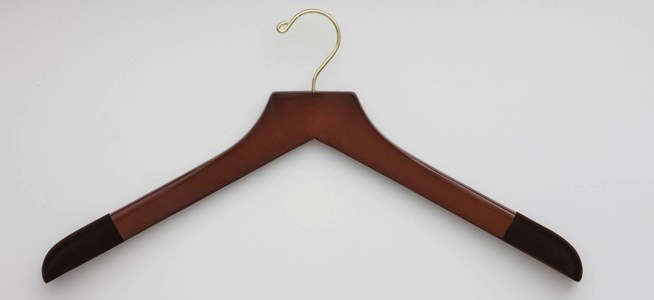
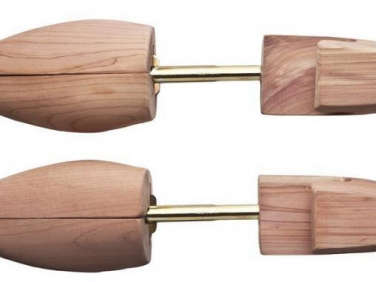
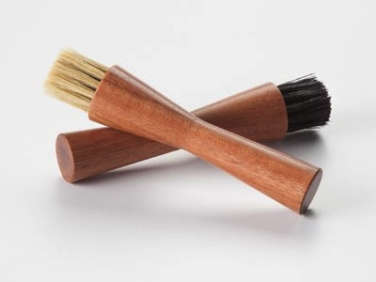
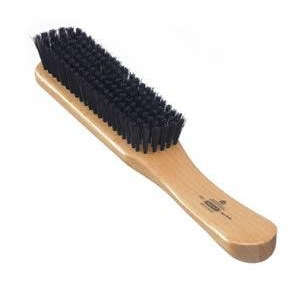
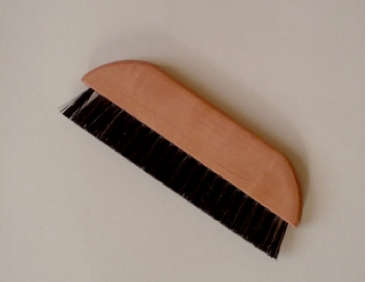
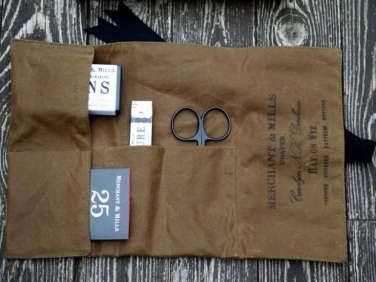

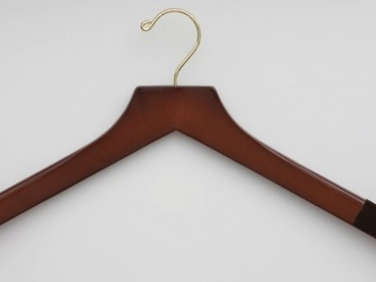

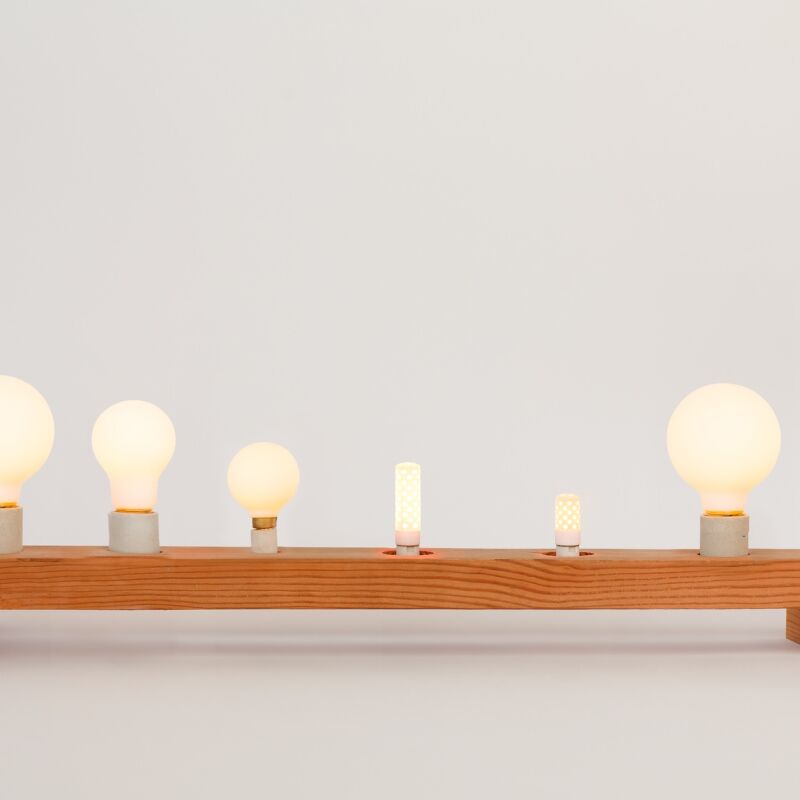


Have a Question or Comment About This Post?
Join the conversation (0)